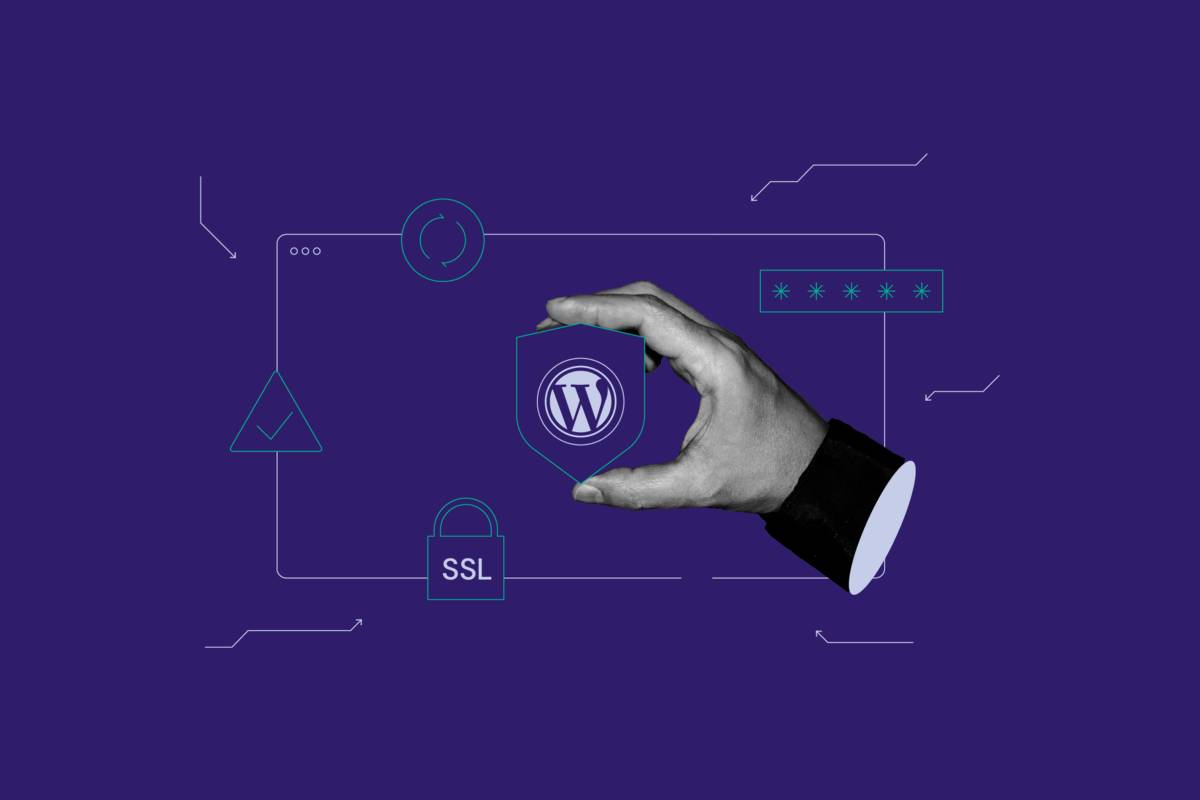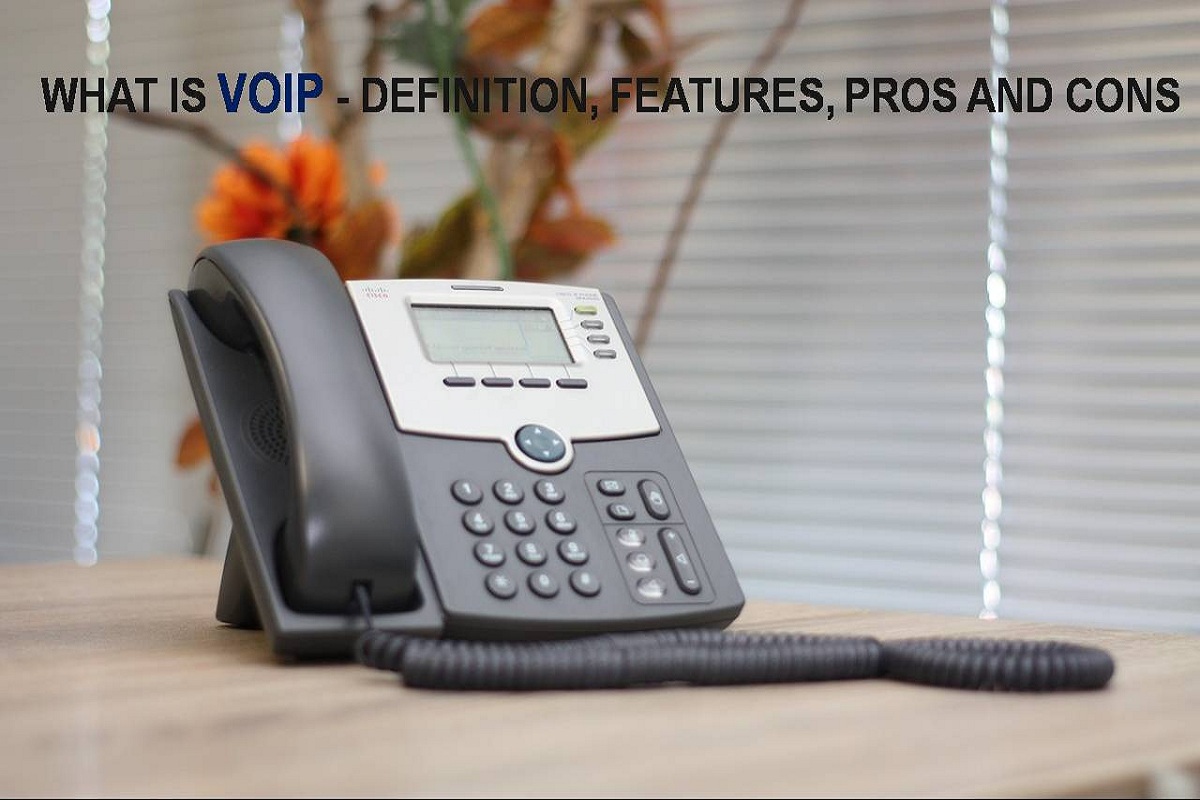

Defending Your WordPress: Unveiling the #1 Security Threats & Solutions
Keeping WordPress Tight: A Friendly Guide to Tightening Security
WordPress is a handy tool that lets you build and maintain a website with ease. Yet, that ease makes it a prime target for hackers lurking in the shadows. If you want to keep your online home safe, you need to roll up your sleeves and tackle some serious security basics.
1. Don’t Let the Login Form Ruin Your Day
Think of the login page as the front door to your house. A vulnerable login form is like an open gate for thieves.
What to do:
- Use strong, unique passwords that combine letters, numbers, and symbols.
- Enable two‑factor authentication to add an extra lock.
- Block after too many failed attempts – a simple firewall rule helps.
2. SSL: Your Shield Against Snoopers
Without a valid SSL certificate, your data streams are like postcards on the street.
Why it matters:
- Encrypts traffic, keeping secrets safe.
- Improves search‑engine confidence (Google loves secure sites).
- Builds trust with visitors who see the padlock in their browser.
Make sure you get that certificate from a reputable provider and keep it updated.
3. Keep Your WordPress Components Up‑to‑Date
Plugins and themes are like gadgets in your toolbox. When they aren’t patched, they become windows of opportunity for attackers.
Avoid the pitfalls:
- Install only reputable plugins (check reviews and update frequency).
- Delete anything unused – the fewer items, the smaller the attack surface.
- Stop and replace any theme that fails to receive official updates.
4. Backup Your Masterpiece—And Fix Broken Links
Backups are the safety net that lets you bounce back after a mishap.
Combine this with regular link checks to keep your site smooth:
- Set up automated daily or weekly backups (cloud services are a breeze).
- Restore to a fresh point whenever a hack gets detected.
- Use a plugin to scan for and repair broken links—no one likes a 404 pop‑up.
Conclusion: Stay on the Guard, Keep It Fun!
Security isn’t a one‑off sprint—it’s a marathon. By tightening login protocols, securing your communications, keeping components patched, and backing everything up, you’ll turn that vulnerable gateway into a fortress.
Remember: a secure site builds credibility, keeps user data safe, and leaves you free to focus on creating fresh content, all while chilling—and maybe chuckling, because none of this has to be dry!
Vulnerable Login Forms: Opening the Door to Unauthorized Entry
We’ve Got Your WordPress Covered: Stop Those Brute‑Force Guys!
Every cyber‑attacker loves a good ol’ hack‑n‑run on a WordPress login form. They’ll grind through usernames and passwords until they hit the jackpot—unauthorized access to the admin dashboard. That’s basically a ticket to chaos for your site.
Why Your Site Is a Hot Target
- Login Form = Easy Entry – Most users follow the default login page, and attackers know it’s easy to brute‑force.
- No Rate Limits – Without caps on attempts, the “guess‑and‑see” approach is all anyone needs.
- Read‑the‑instructions – Attackers aren’t creative; they just keep trying until they’re in.
Action Plan: Lock Them Out Fast
Implementing a rock‑solid login protection isn’t rocket science. Here’s the low‑down on what to do:
- Limit Attempts per IP: Set a cap—say, five failed tries from the same IP before you shut it down.
- Auto‑Block & Cool‑Down: If the threshold is hit, block that IP for 15–30 minutes. That’s a quick, painless way to wipe out the spammers.
- Monitor & Alert: Keep an eye on login logs. If the banging intensifies, you’re in the loop—and can act faster.
Why It Matters
Think of this as a bouncer for your WordPress club. A few polite guests can roam freely, but a sudden flood of no‑obsessed haters? They’re out. This simple tweak keeps the bad guys at bay, shrinks the damage, and lets the real users enjoy a secure, hassle‑free experience.
In a Nutshell
Don’t leave your login page open for free‑for‑all. Put a hard stop on repeated guesses, block offending IPs, and keep your site safe from brute‑force brutes. Your WordPress backend will thank you, and so will your visitors.
Compromising Website Security Due to Absence of a Valid SSL Certificate
Why SSL Still Beats All Other Security Tricks
Think of an SSL certificate as the superhero cape that keeps your website safe from the evil Data‑Hijackers who would love nothing more than to sneak into your visitors’ private info. When you install SSL, every tiny bit of data—the goofy selfie you sent and the serious credit card number—gets wrapped up in an invisible encryption bubble that only the intended recipients can pop.
The Secret Sauce of Encryption
- Login Credentials: Even if someone knocks on your server’s door, the passwords stay locked.
- Financial Details: Your customers’ card numbers dance in a secret dance routine nobody can see.
- Personal Data: Names, addresses, pet preferences—all stay snug as a bug.
What Happens Without SSL?
Picture an open hotel lobby where anyone can wander around. That’s what a website without SSL feels like. Bad actors can spy, steal, and tamper with the data shared between your site and its visitors. The result? A loss of trust, lousy reviews, and potentially big fines.
How SSL Makes Your Site a Trustworthy Host
- Zero-Click Redirect: Every non-HTTPS request automatically hops to the safe HTTPS host. No manual shuffling needed.
- You’re Not Just Safe, You’re Secure: Shows customers you take their privacy seriously.
- SEO Boost: Search engines love traffic that travels over HTTPS.
Let’s Wrap It Up
Adding a valid, up‑to‑date SSL certificate isn’t an optional luxury—it’s an essential armor that protects your visitors, keeps your brand intact, and gives you the confidence to keep building your the‑next‑big‑thing website. Remember, a good SSL is the one‑stop shop that turns “data in transit” into “data, transit, and tranquility.” Happy securing!
The Dangers and Ramifications of Inadequate Support for WordPress Components
Keeping Your WordPress Garden Fresh
WordPress is like that ever‑green garden in the town square – it keeps sprouting new plants, fixing weeds, and tightening the fences. If you let your plugins, themes, or core drift into the dusty corner of old versions, creepy bugs and security spiders will start to crawl.
Why Updates Are Your Garden’s Sunlight
- Security: New code patches patch holes where hackers would throw their crackers.
- Performance: Fresh features mean faster pages, happier visitors, and less lag.
- Compatibility: Updated plugins play nicely together – no broken bridges.
Think of it like keeping the old laptop’s insert key working – if it stutters, so will your site’s whole keyboard.
The 301: Your Redirection Super‑Hero
Out‑of‑date content (broken links, low‑quality URLs, the works) can make you look like a 404 town. Luckily the WP 301 Redirects plugin is here to rescue your traffic and keep your visitors smiling.
- Redirects broken links to fresh, relevant pages.
- Prevents loss of search‑engine juice.
- Ensures every scroll finds its treasure.
Say adios to stale URLs and hola to a slick user journey that keeps visitors digging deeper.
Maintenance Mode – The Hospitality Desk
When you’re in the middle of a tweak, a sudden “website down” can scare your audience. The WP Maintenance plugin lets you put a friendly “under construction” sign up while you’re busy polishing things.
- Minimal downtime.
- Visitors see a polished message instead of a panic scream.
- All updates happen behind the curtain.
Wrap‑It‑Up: A Few Simple Rules
• Update your core, plugins, and themes regularly (new releases are like fresh coffee – don’t skip!).
• Use the plugin to redirect unfortunate links.
• Keep a maintenance mode ready for when the major updates roll out.
Your WordPress site will stay healthy, vibrant, and secure – just like a well‑tended garden. Happy blogging!
The Importance of Regular Backups and Repairing Broken Links
Why Your Site Needs a Backup Super‑Hero
Think of backups as an invisible shield that protects your website from the small catastrophes that can sneak up on you—accidental deletions, server hiccups, and even the occasional hacker intrusion. When you’re dealing with sensitive stuff like financial transactions, every piece of data counts, so you gotta keep it safe.
What Happens When You Forget
- You’ll stare at a broken dashboard for hours.
- Customers become annoyed—losing trust is the fastest way to lose business.
- Server downtime, higher costs, and regulatory headaches pile up.
Why Netspend Solves Your Money Problems (and Backups Don’t)
Netspend’s all‑access card lets you pay online, in stores, or over the phone—virtually anywhere Visa or Mastercard works. And if you get your paychecks, tax refunds, or benefits straight onto the card, you never have to worry about paper checks losing their way in the mail.
But Git close to your financial setup, the real hero is always a good backup routine.
The Backup Playbook
Here’s how to stay in the safe zone:
- Manual Evergreen. Grab your files on a USB transfer or zip them to the cloud. Easy, but labor‑intensive.
- Automatic Cloud Magic. Use a plugin that backs up every few minutes and stores it in the cloud. Think of it as your backup guardian angel.
Keeping Visitors Aglow During Maintenance
When you need to roll out updates or patch holes, keep the traffic inside the loop with a friendly maintenance page:
- A catchy headline telling folks what’s happening.
- Estimated “live” date and time so they can plan.
- Eye‑catching graphics or an interactive ticker.
- Clear, friendly language that keeps visitors excited.
The Link Fixer‑Upper
Broken links are like potholes on a road—frustrating, slow, and damaging your SEO. Treat them like a leaky faucet: fix, replace, or refresh. Pay special attention to your Google Shorteners to avoid a hiccup in the user journey.
Author Transparency: Connecting Readers and Writers
Adding adjustable author boxes is a sweet bonus. They show:
- Author’s name.
- Gravatars for a touch of personality.
- A short bio that builds credibility.
Trust grows when users see who’s behind the words.
Bottom Line: Backups + Honesty = Peace of Mind
When you secure your site and give credit where it’s due, you not only shield your business from disasters—you create a community of loyal, confident visitors. Safe backups, transparent authors, and smooth maintenance keep everyone smiling, and that’s a win for everyone involved.
Conclusion
Guard Your WordPress Castle Like a Cyber Knight
This is why you should lock down your site faster than a squirrel in a nut shop.
- Strong passwords are your first line of defense. Think of them as the secret handshake that only you know.
- Keep plugins and themes up‑to‑date. Old software is like a rusty sword—easy for attackers to wield.
- Install a reputable security plugin. It’s like having a dragon guarding the castle gate.
- Back up your data regularly. If disaster strikes, you’ll have a spare copy of everything—no panic needed.
- Use HTTPS for a secure connection. This adds a crystal shield that stops eavesdropper snoops.
Why It Matters
When you protect your WordPress site, you’re not just securing data— you’re building trust with visitors and ensuring smooth operation in the chaotic digital world. It’s the smart, forward‑thinking way to keep your fortress intact.







